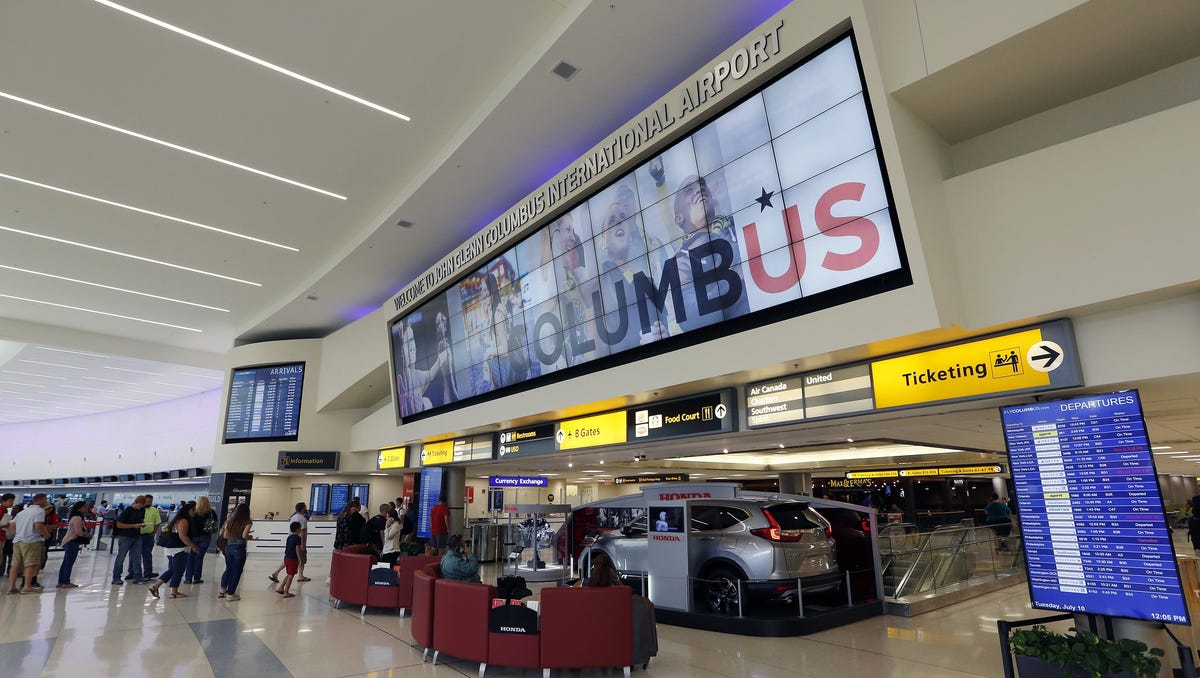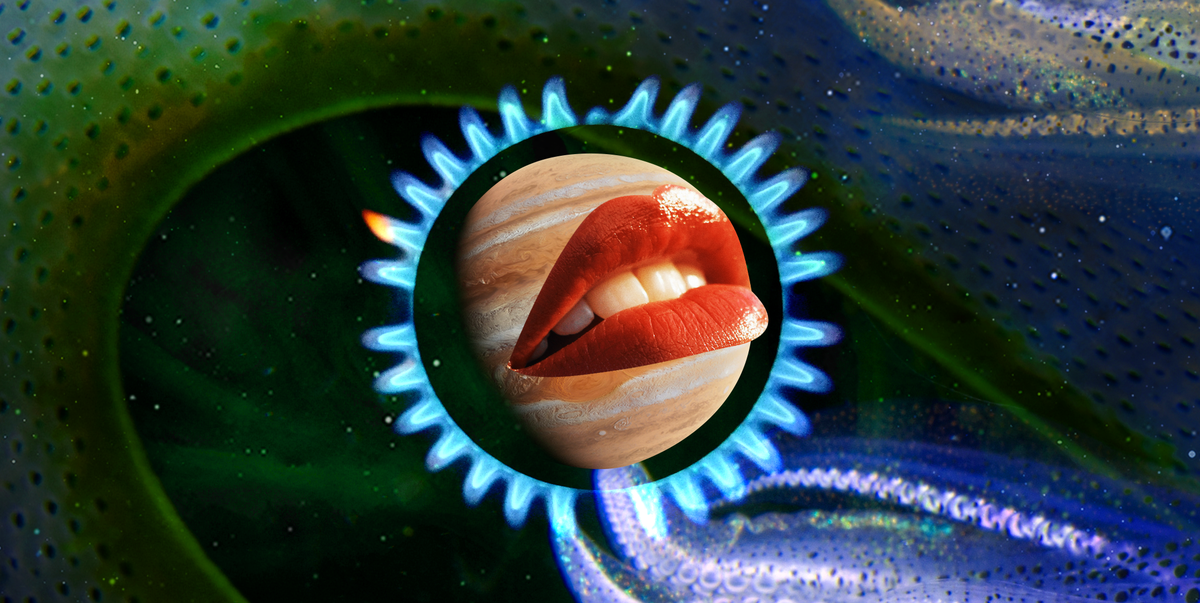World
In Photos: Aurora Seen Across The World In Jaw-Dropping Sky Show

The aurora borealis, also known as the northern lights, glow in the sky over St Mary’s Lighthouse in … [+]
The aurora was seen across the world last night as the strongest geomagnetic storm for 21 years struck Earth’s atmosphere—just as predicted.
The aurora borealis (northern lights) were visible as far south as Florida and Switzerland in the northern hemisphere while the aurora australis (southern lights) showed up as far north as New Zealand.
The northern lights flare in the sky over a farmhouse, late Friday, May 10, 2024, in Brunswick, … [+]
The aurora are caused by the solar wind in space—charged particles from the sun—being accelerated down the field lines of the Earth’s magnetic field. They occur in Earth’s ionosphere hundreds of miles up.
Green lights are caused by the charged particles colliding with molecules of oxygen, while the other colors by nitrogen molecules. Much of Europe and North America witnessed red and even exceedingly rare blue aurora.
Northern lights shine over Portsmouth, N.H., Friday, May 10, 2024. (AP Photo/Caleb Jones)
The aurora generally has a season, with northern lights typically seen from September through March while the southern lights are generally viewed from March through September. However, that’s merely down to darkness levels—they actually occur all year round.
That goes double at the moment as the sun reaches “solar maximum,” its highest level of magnetic activity during its roughly 11 years solar cycle.
In this image taken with a long exposure, northern lights are seen in the sky on Friday, May 10, … [+]
However, what happened last night was the result of an unusual scenario where several coronal mass ejections—when magnetic material is hurled into space in the aftermath of solar flares—not only all came in the direction of Earth, but combined as they traveled.
This so-called “halo CME” caused a G4 geomagnetic storm on Friday night, a few hours before being predicted, with Europe experiencing very high activity as soon as it got dark.
In the U.K.the displays were seen across the country as far south as Cornwall, though the best displays appear to have been from the Midlands and North Wales. In the U.S. they were sighted as far south as Florida.
As with all displays of aurora, many of the photos you see here—certainly from cities—are “photographic aurora,” whereby only a camera taking long exposures records distinct shapes and particularly the brilliant colors. Aurora to the naked eye from cities mired in light pollution looked like grey streaks.
Since displays could continue throughout the weekend, the advice is simple: get away from light pollution; use the Dark Sky Place finder or the light pollution map.
The northern lights typically occur as an auroral oval around the North Pole at about 66-69° North latitudes—the Arctic Circle. The best places to see them are Alaska, northern Canada, Iceland, Greenland, Norwegian Lapland, Swedish Lapland, Finnish Lapland and northern Russia.
Wishing you clear skies and wide eyes.








